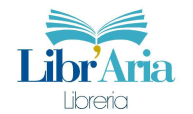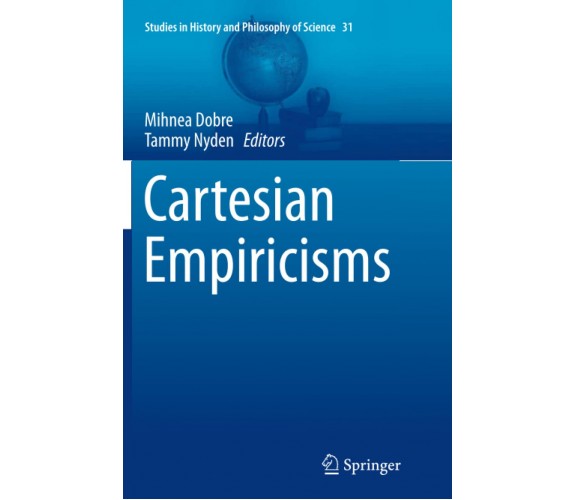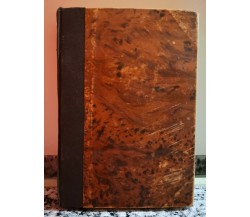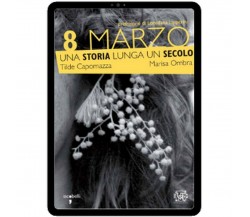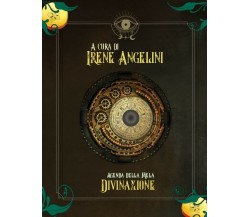Il Tuo Carrello è vuoto
Cartesian Empiricisms
Edizione Inglese di Mihnea Dobre (a cura di), Tammy Nyden (a cura di)
Editore: Springer Netherlands
EAN: 9789402405804
ISBN: 9402405801
Pagine: 340
Formato: Paperback
Cartesian Empiricisms considers the role Cartesians played in the acceptance of experiment in natural philosophy during the seventeenth century. It aims to correct a partial image of Cartesian philosophers as paradigmatic system builders who failed to meet challenges posed by the new science¿s innovative methods. Studies in this volume argue that far from being strangers to experiment, many Cartesians used and integrated it into their natural philosophies. Chapter 1 reviews the historiographies of early modern philosophy, science, and Cartesianism and their recent critiques. The first part of the volume explores various Cartesian contexts of experiment: the impact of French condemnations of Cartesian philosophy in the second half of the seventeenth century; the relation between Cartesian natural philosophy and the Parisian academies of the 1660s; the complex interplay between Cartesianism and Newtonianism in the Dutch Republic; the Cartesian influence on medical teaching at the University of Duisburg; and the challenges chemistry posed to the Cartesian theory of matter. The second part of the volume examines the work of particular Cartesians, such as Henricus Regius, Robert Desgabets, Jacques Rohault, Burchard de Volder, Antoine Le Grand, and Balthasar Bekker. Together these studies counter scientific revolution narratives that take rationalism and empiricism to be two mutually exclusive epistemological and methodological paradigms. The volume is thus a helpful instrument for anyone interested both in the histories of early modern philosophy and science, as well as for scholars interested in new evaluations of the historiographical tools that framed our traditional narratives.
Edizione Inglese di Mihnea Dobre (a cura di), Tammy Nyden (a cura di)
Editore: Springer Netherlands
EAN: 9789402405804
ISBN: 9402405801
Pagine: 340
Formato: Paperback
Cartesian Empiricisms considers the role Cartesians played in the acceptance of experiment in natural philosophy during the seventeenth century. It aims to correct a partial image of Cartesian philosophers as paradigmatic system builders who failed to meet challenges posed by the new science¿s innovative methods. Studies in this volume argue that far from being strangers to experiment, many Cartesians used and integrated it into their natural philosophies. Chapter 1 reviews the historiographies of early modern philosophy, science, and Cartesianism and their recent critiques. The first part of the volume explores various Cartesian contexts of experiment: the impact of French condemnations of Cartesian philosophy in the second half of the seventeenth century; the relation between Cartesian natural philosophy and the Parisian academies of the 1660s; the complex interplay between Cartesianism and Newtonianism in the Dutch Republic; the Cartesian influence on medical teaching at the University of Duisburg; and the challenges chemistry posed to the Cartesian theory of matter. The second part of the volume examines the work of particular Cartesians, such as Henricus Regius, Robert Desgabets, Jacques Rohault, Burchard de Volder, Antoine Le Grand, and Balthasar Bekker. Together these studies counter scientific revolution narratives that take rationalism and empiricism to be two mutually exclusive epistemological and methodological paradigms. The volume is thus a helpful instrument for anyone interested both in the histories of early modern philosophy and science, as well as for scholars interested in new evaluations of the historiographical tools that framed our traditional narratives.
Scrivi una recensione
Nome:
La tua recensione:
Note: HTML non è tradotto!
Voto: Pessimo Buono
Inserisci il codice mostrato in figura:

